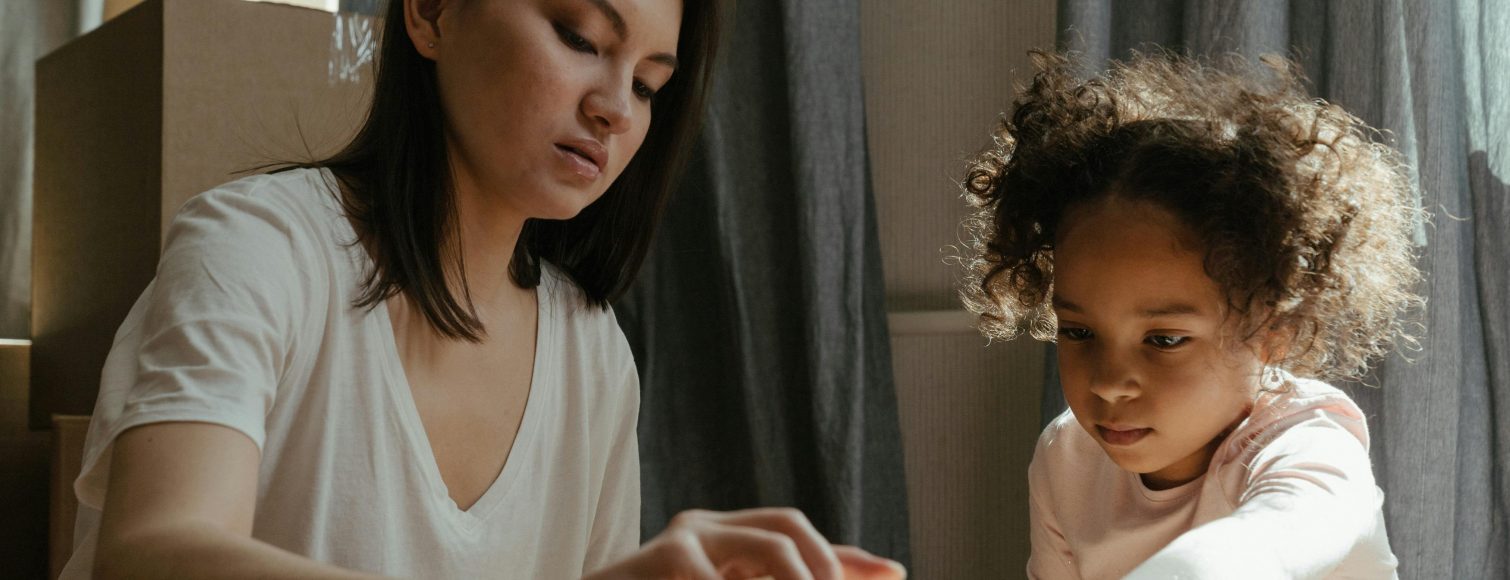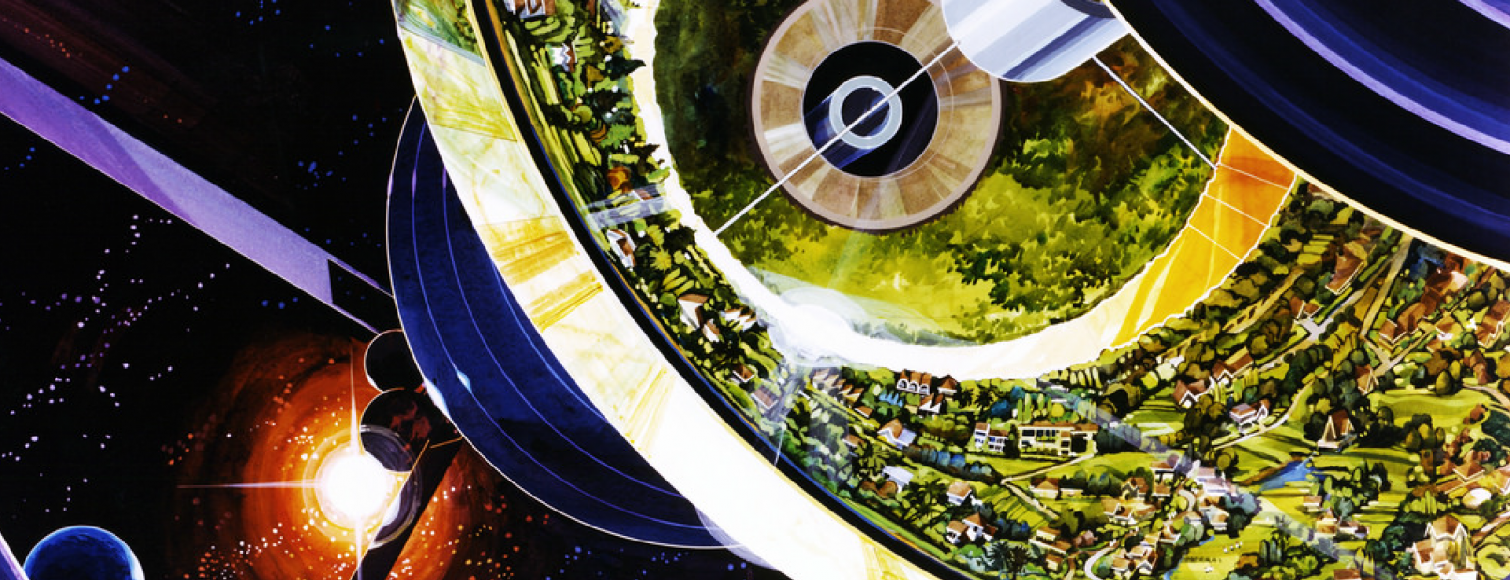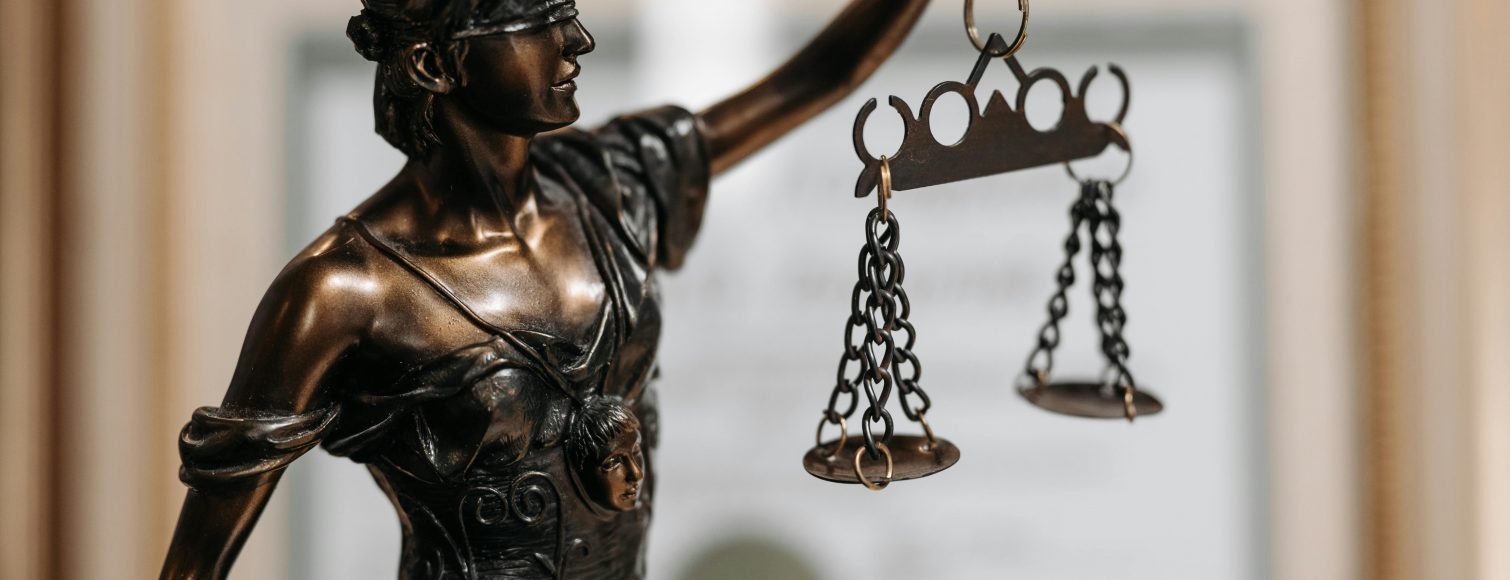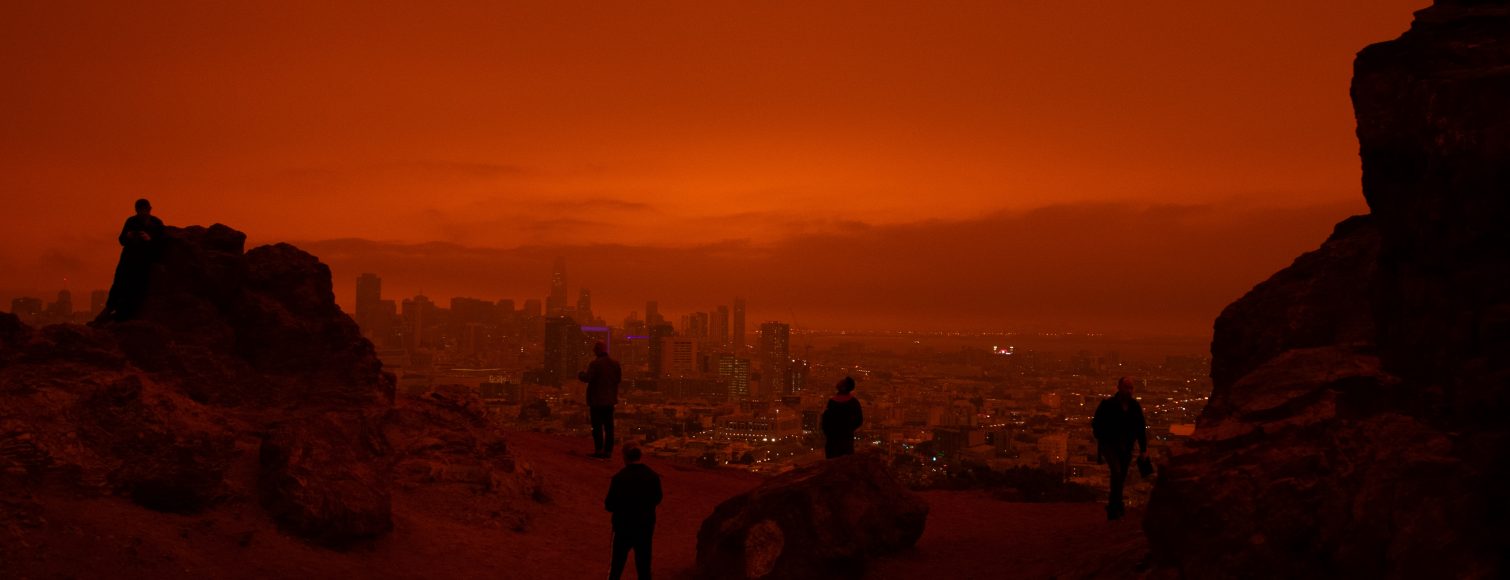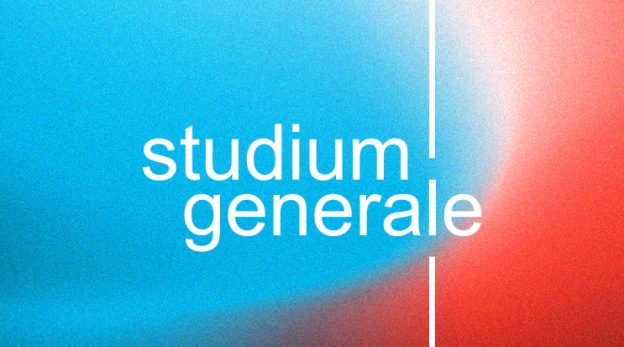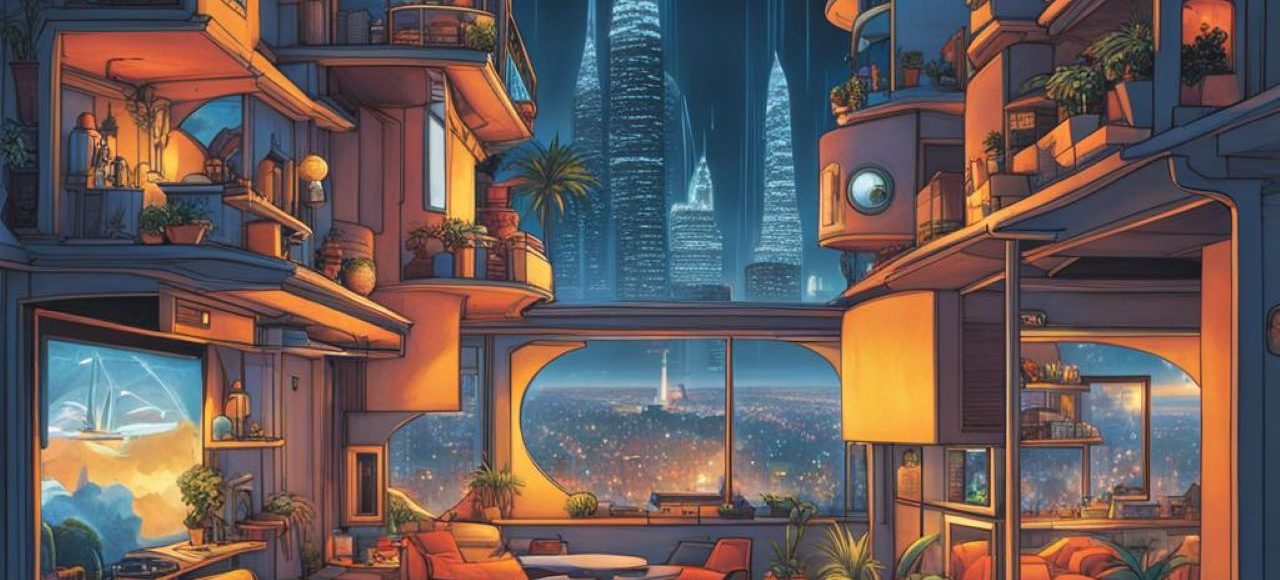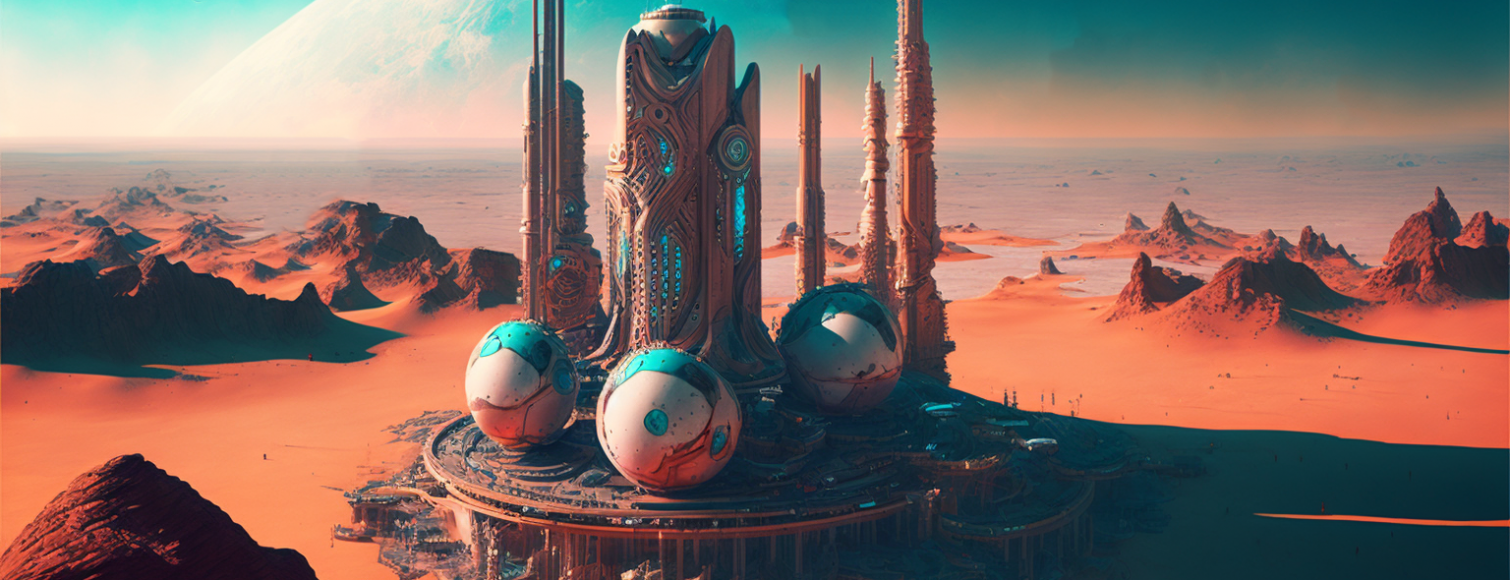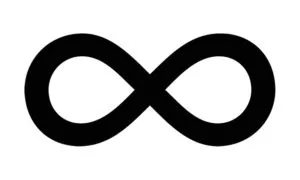I felt from the start that it was important for Studium Generale (SG) Delft to host an event on the Gaza conflict. There has been a good deal of debate within our own team about whether it is worthwhile to do so. Throughout its long history, SG has seen plenty of controversial, uncomfortable, and sometimes even ill-advised events. So what made us decide to go ahead with this particular idea, to focus on the legal dimensions of the Gaza conflict?
Now, we are co-hosting with Begüm Sari from ESP Delft, who has her own perspective and motivations, and I am also working alongside the Head of SG, Leon Heuts. But I wanted to write this article to give a personal insight into the debate that goes on behind closed doors, and also to provide my answers and motivations to some of the questions that were raised.
“What makes an event on an active military conflict typically SG?”
War touches on moral issues that are fundamental to SG’s reason to exist. We provide students and other guests with the information, skills, and motivation to get involved in urgent societal problems.
In the aftermath of the Second World War, every university in the Netherlands was tasked with founding a Studium Generale, because the majority of students had accepted the demands of the Nazi regime. The conclusion was drawn that Studium Generale was required to foster ethical community-building.
Events that centre around human rights, war, and other big themes give students the opportunity to learn about themselves, about the world, and their own position. By articulating your opinion and learning from others, you can build a foundation on which to enter into public debate. Building your critical skills and resilience prepares you to become politically active. Facilitating this process is a key responsibility for SG.
“We need to offer visitors a broader perspective. Why is there war? How do these types of conflicts arise? Why won’t they stop?”
By taking such a distant vantage point, you do not reach objective truth, but merely take the sting out of the discussion. Ethics does not exist in a vacuum. Yes, we do host discussions where you can reflect and make connections. But you also need to exercise your judgement on concrete matters.
“Why not have a discussion about non-violent communication, instead?”
Because violence does exist. Of course we want to turn our students into ideal citizens who will never start a war or send a threatening tweet. It goes without saying that SG is non-violent. I am in fact helping a colleague to organise an workshop that focuses on good conversation skills. It’s not an either-or situation. Being committed to non-violence doesn’t mean you are unconcerned with violence; quite the opposite.
“Will this be another history lesson about the conflict? What is the added value?”
First of all, many students have not had that lesson in full. Part of our audience has unfortunately seen this conflict play out over decades. However, this is not the case for everyone. A younger, international audience has a very different knowledge base and may appreciate more context. Speaking purely for myself, there is a lot I don’t know about the history, politics, and geography of the region.
Secondly, our audience will now learn from experts in an academic context. They will get to pose questions and meet other interested audience members.
Third, my ambition was always to focus primarily on the present day – with a view to the future. For this particular event, we are focusing on the legal dimensions of the conflict. We will examine the court cases that are happening in real time and ask what the international community can and should do in times of war.
“Why not organise a true public debate?”
This is still unresolved in my mind. In an ideal world, perhaps we would organise a balanced debate with representatives from many sides and encourage the whole audience to join in. Unfortunately, we believe the conversation would devolve into the repetition of entrenched positions. It could even become disordered and pose a risk to the safety and wellbeing of the participants. Nevertheless, we will continue to weigh up risks and benefits. SG will always look for the format that best serves our audience. Sometimes that means testing on a small scale, or starting out with a setup that restricts audience participation. My hope is that the atmosphere will be productive and offer a foundation for future events.
Intrigued? Come be a part of it!
I look forward to meeting you and hearing your thoughts on the night. Whether it is through Mentimeter, questions to the panel, or over drinks afterwards.
The Law of War: Israel and Gaza
February 29, 2024, 17:15 – 19:00, TU Delft Library, Orange Room

